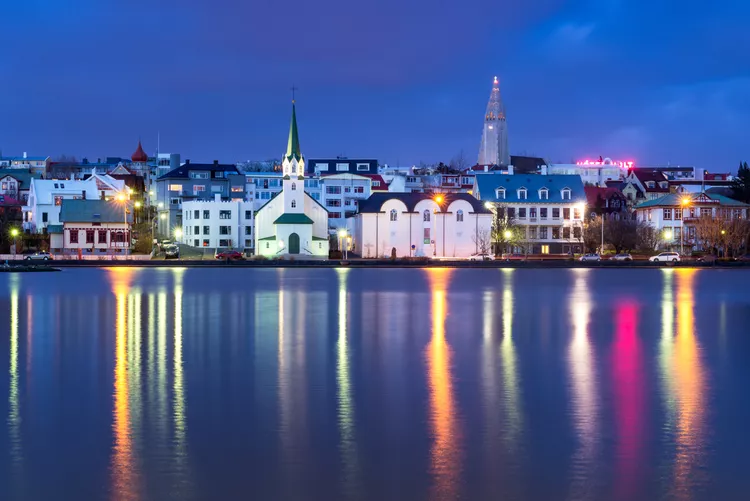Summary
Let’s not mince words. Iceland is not cheap, a fact that is widely known. However, this should not deter you from exploring this stunning country. Iceland is vividly beautiful, with unspoiled nature and breathtaking glaciers, making it worth the visit.
Therefore, go ahead and plan your trip wisely. There are numerous strategies to cut costs, particularly if you don’t require 5-star luxury throughout your stay.
In Iceland, the bulk of your expenses will typically go towards travel, lodging, and, if you aren’t careful, food.
Can you save money with public transportation? Hardly. Public transport is virtually non-existent in Iceland once you leave Reykjavik. If you’re looking to explore beyond the capital city, consider adding car rental costs to your budget. While this option isn’t necessarily inexpensive, it can still be more affordable than signing up for group tours. Moreover, there are additional ways to manage your expenses.
When Should You Go to Iceland?
If you’re on a budget, it’s best to visit during the off-season, which runs from September to May when everything is notably cheaper.
For those planning to explore Reykjavik, consider investing in the Reykjavik Card or the Voyager Card. These cards provide free access to over a dozen museums and include public transport usage, allowing you to save on gas expenses if you have a rental car.
It is prudent to book your car well in advance. The best deals are typically available online, so don’t rely solely on tourist centers. Secure your vehicle early to significantly cut costs. Ideally, pick up your car at Keflavik International Airport since you’ll be arriving there anyway. This choice saves you money on the Reykjavik airport shuttle as well. Keep in mind, the longer you keep the car, the lower the daily rates tend to become. In some cases, it might be financially beneficial to add an extra day to your rental, even if you don’t plan to use it, enabling you to benefit from better weekly rates.
Don’t overlook the cost of fuel. It is surprising how many travelers neglect this essential factor. Estimate your expected travel distance to make accurate calculations.
Eating in Iceland
Dining in Iceland isn’t particularly affordable, so eating out every night might not be feasible. If you’ve managed to secure self-catering accommodation with a kitchenette, consider purchasing groceries from local supermarkets. Bonus and Kronan are among the cheapest options in the country, featuring various daily deals and promotions. Opt for locally grown fruits and vegetables, as well as meats like lamb and fish. Almost everything else is imported, which can significantly increase costs.
To satisfy any fast food cravings, try one of Iceland’s hot dogs, made from a blend of lamb and pork. They are both delicious and economical. Hot dog stands are plentiful throughout Reykjavik, and you’ll also find familiar fast-food chains like Taco Bell and KFC.
If you’re keen on dining out, seek out Thai restaurants. These establishments are widely available around the city and typically offer healthier, more affordable meal options.
Affordable Accommodation Options
You can save money by carefully selecting your accommodations. Opt for smaller hotels or guesthouses instead of larger hotels, as they are often significantly less expensive. Many guesthouses in Iceland provide decent accommodations equivalent to a 2 1/2 star hotel.
If you’re willing to embrace an alternative option, consider camping to save a considerable amount of money—provided you have the right gear to handle the weather. Camping is highly recommended in Iceland, renowned for having some of the best facilities across Europe. Most campsites are adjacent to youth hostels, where you can rent a room in case the weather turns adverse. Additionally, hostels typically offer free Wi-Fi access, alleviating the need for costly phone calls to loved ones back home.





